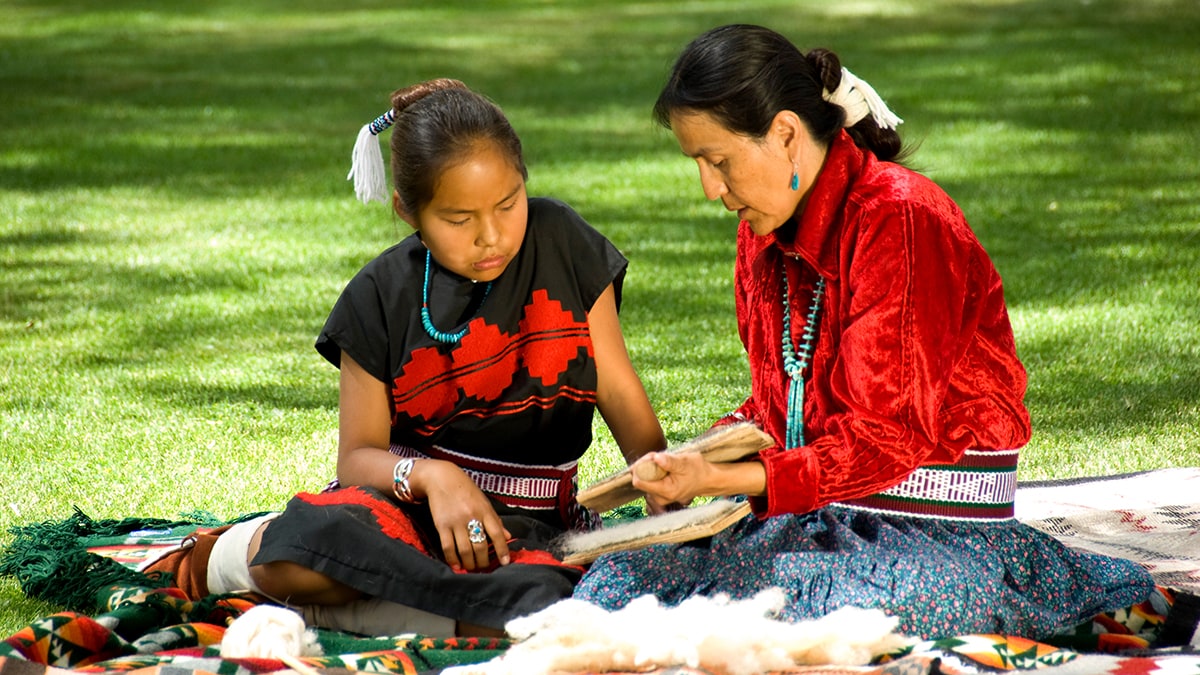At a glance
American Indian and Alaska Native people are at higher risk of dying by suicide compared with other Americans. In 2022, non-Hispanic AI/AN people had a suicide rate 91% greater than the general population. CDC is working with tribes to reduce risk and increase protective factors to prevent suicide among American Indians and Alaska Natives.

Building capacity

Tribal Suicide Prevention Program is a project funded by CDC's National Center for Injury Prevention and Control (NCIPC) through the Strengthening Public Health Systems and Services in Indian Country cooperative agreement. Through this cooperative agreement, the Southern Plains Tribal Health Board, Wabanaki Health and Wellness, Northwest Portland Area Indian Health Board, and Rosebud Sioux Tribe are working to identify, implement, evaluate, and improve holistic community-based interventions that increase community-specific protective factors and reduce risk factors for suicide in a culturally centered way.
CDC's funding supports these tribal organizations to:
- Enhance community-based cultural interventions to address protective factors.
- Develop programs to identify community members at risk of suicide and link them to resources.
- Assess and strengthen local crisis identification and postvention resources and to prevent suicide contagion/clusters.
- Build capacity and infrastructure to develop local suicide surveillance systems using available data sources.
This work is part of CDC's umbrella cooperative agreement, Strengthening Public Health Systems and Services in Indian Country. It will increase the capacity of organizations working in AI/AN communities to improve capacity to develop, implement, and evaluate public health programs and services to address prioritized public health activities.
Visit CDC's Suicide Prevention webpage to find out more about what CDC is doing to prevent suicide.
